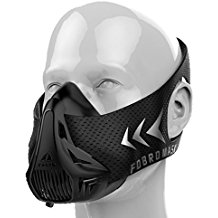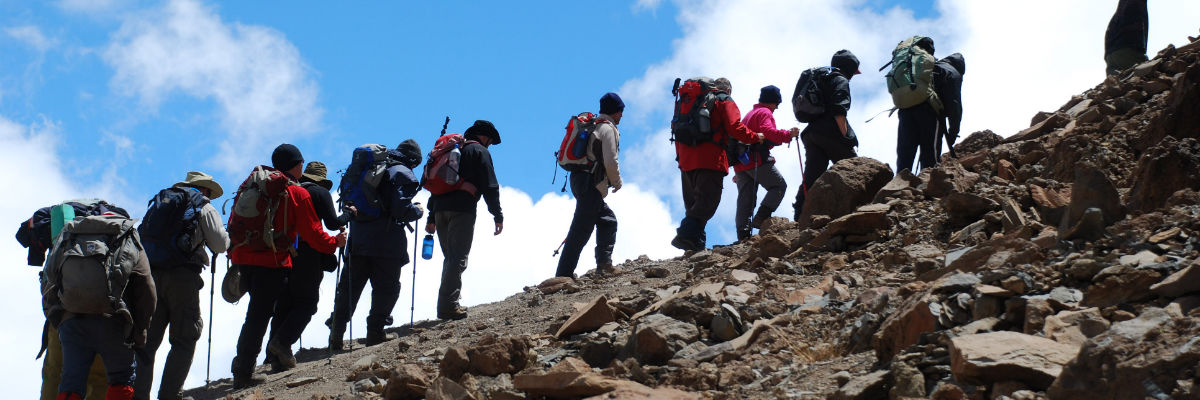TRAINING TO CLIMB KILIMANJARO – HOW TO PREPARE WELL
Training to climb Kilimanjaro is as much about your physical endurance as it is about your mental stamina.
The former is important as you will be trekking 5-10 miles a day for the duration of your climb (which can be up to 9 days if you have booked onto a long route). The ability to draw on physical reserves as your energy depletes is key.
However, if you read about or speak to high altitude climbers they will all say that your mental stamina is just as important as your physical endurance. This is definitely true of Kilimanjaro, particularly on summit night! Here are 4 things you can do to be perfectly prepared for the summit.
TRAINING TO CLIMB KILIMANJARO
AEROBIC TRAINING
Aerobic training (also known as cardio) uses oxygen to adequately meet the energy demands of exercise via aerobic metabolism. The types of exercise that use aerobic metabolism are generally light-to-moderate intensity activities like long distance jogging, swimming, cycling and walking. This differs from an anaerobic exercise like high-intensity weight lifting and sprinting which uses anaerobic metabolism to supplement the aerobic system due to increased energy demands.
Aerobic exercise builds the cardiovascular system which is key when training to climb Kilimanjaro, as a strong cardiovascular system will help you process limited oxygen in a more efficient way.
There is a flip side though. The more fit you are, the harder and faster you can push yourself, and the quicker you think you can ascend Kili.
This is a huge mistake!
Going as slow as possible, even when you are in the lower reaches and feeling great, is key to your success on Kili. You will hear your porters say Pole Pole, which means Slow Slow in Swahili. This is possibly the best advice you will get!
Your body needs time to acclimatize to high altitude and a strong cardiovascular system can help but not if you have pushed yourself too hard. A good recent example of how a strong cardiovascular system can trick one comes from an accomplished Australian marathon runner who collapsed at Stella Point because he had gone too fast early on in his hike.
If you are relatively unfit I recommend setting yourself a 3-6 month training regime where you focus on long distance walking / running (6-12 km at least three times a week). You can do this on a gym treadmill but remember to set a consistent pace and vary the slope (a slight incline is best).
For relatively fit people who already undertake a fair share of cardiovascular exercise we recommend maintaining your regime until 1 month before your climb. At this point we recommend increasing the duration, but not intensity, of your exercises.
STRENGTH TRAINING
In addition to aerobic exercise, you should also be doing light strength training, particularly for your legs, core and upper body.
In terms of your legs we suggest for the following exercises:
- Lunges
- Squats
- Front and Reverse Leg-curls (thigh muscle and hamstrings)
- Step aerobics
Building the strength of your core muscles (stomach and lower back) and upper shoulder muscles is also important as you will be carrying a lightweight pack for up to 6-7 hours a day. We recommend the following exercises:
- Sit-ups
- Kettle-bell rows / swings
- Shoulder Presses
- Back and shoulder flies
PRACTICE HIKING
Climbing Kilimanjaro is in fact just one long hike. The best way to prepare for a long hike is to do a few yourself.
We recommend doing at least two long-distance hikes (over 5 hours). If you can go back to back days that would be even better. Doing a few practice hikes as part of your training to climb Kilimanjaro has a few benefits:
- You get to experience what a 5-hour hike on difficult terrain feels like, going up and down (for most people going down is often more grueling as your knees and joints can take a battering)
- You get to wear in your boots. There is nothing worse than arriving in Kilimanjaro with unworn-in boots. This can seriously stymie your summit attempt as you will get blisters and sore feet early on in your hike.
MENTAL STAMINA
So often the thing that gets climbers to the top of Kilimanjaro is their mental stamina. There will be times during the summit night that you will want to give up and go back down. Being able to dig deep and pull on your mental reserves is so important.
Thankfully there are activities to train your mental stamina. Most require some form of pushing your body to the extreme, or to what you think your limits are, and then pushing through to accomplish your goal.
We recommend long distance running, particularly marathons, but half marathons can do the same thing if you are not accustomed to running long distance. This type of activity really requires one to draw on their mental reserves to get to the finish line.
Most people who run marathons will tell you the last mile was all mental. If you can get in that state of mind at least once before Kilimanjaro then you will be perfectly prepared for the final push up the slopes of Kibo.
IN CONCLUSION – TRAINING TO CLIMB KILIMANJARO
We truly believe most people – regardless of age or physical condition – can climb Kilimanjaro (within reason, of course!). All one needs to do is ensure their cardiovascular system is firing on all engines and that they have the mental strength to see the hike to the end.
Over and above the importance of training to climb Kilimanjaro is the having the knowledge of how the body acclimatizes to altitude. This page provides detailed information on Acclimatization on Kilimanjaro.
Feel free to ask us any questions about training to climb Kilimanjaro in the comments below.
If would like a detailed mountain trekking training programme we highly recommend this 12-week course from Big Mountain Training.
Click the link for a complete Kilimanjaro equipment packing list.
RECOMMEND KILI GEAR TO HELP YOU IN TRAINING TO CLIMB KILIMANJARO
This resistance training mask from the guys at Training Mask helps simulate the effects of altitude. Used primarily by athletes to improve performance at sea level, the manufacturers claim the mask can help prepare trekkers for altitude. We have not personally tried the mask but from our research online the reviews seem rather positive. Check out the training mask on Amazon now.

READ MORE USEFUL INFORMATION
[/icon_box]


